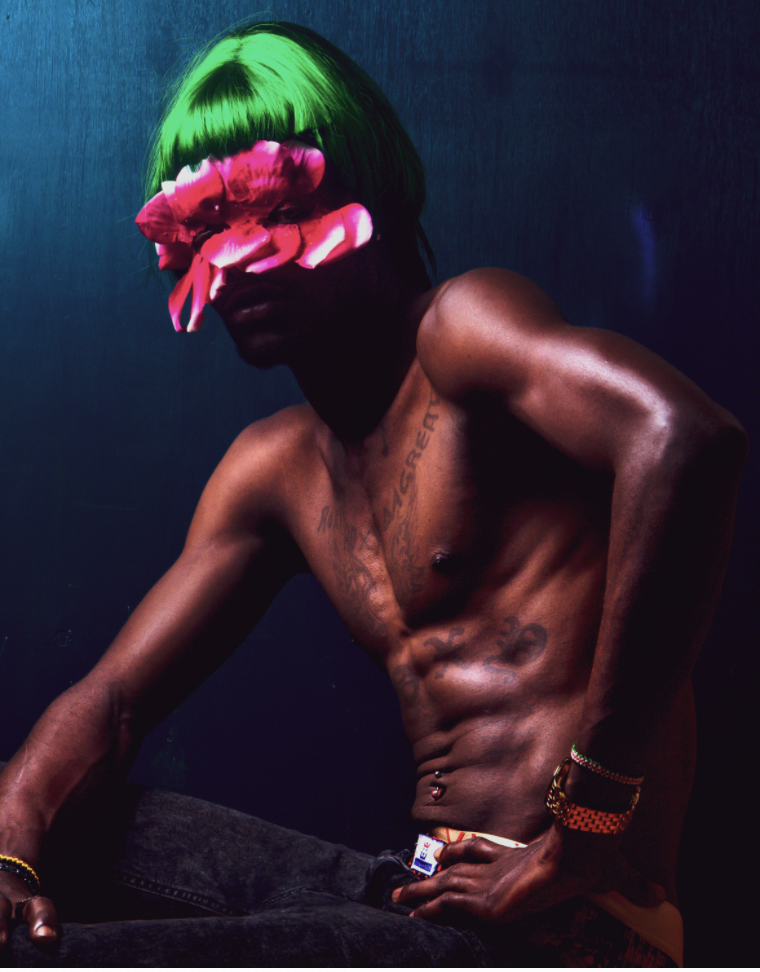The COVID-19 pandemic is gendered. Not only has COVID-19 starkly revealed gender to be a major driver of health- who gets sick and who lives or dies-, it has also exposed existing social fractures and inequalities and exasperated pervasive and restrictive notions of gender.
Our work reveals a systematic failure to address gender in the global pandemic response. Governments that fail to record sex-disaggregated data; whole communities of trans and gender-diverse people occluded from reporting; a global health system unwilling to factor gender into their response; these gaps and imbalances create major blind spots in our understanding of COVID-19 and inhibit our ability to achieve better health and equal opportunities for all people of all genders, everywhere. There can be no equality until everyone is seen.
To counter pervasive gender blindness, This is Gender 2021 drew together a panel of international experts to select 30 images from across the world that explore gender in pandemic in all its diversity.
From trans sex workers struggling to get by in Brazil, child-rearing in a Rohingya refugee camp, a sari fashioned into makeshift PPE in a rural Indian clinic to reflections on intergenerational trauma and masculinity in Australia, each image offers an aperture through which to witness the diffusion of gender norms through our lives. They cast light on how our gender shapes the systems in which we live, the opportunities, choices and rights we have, and the way we understand our own minds and bodies.
Taken together, the photographs offer a greater field of depth that renders visible what it means to be a gendered body in a time of pandemic. Vibrant, dynamic, and defiant, they disrupt the gender blindness of the COVID-19 response and demand to be seen.
Image: Flowers are beautiful, Anwar Sadat Swaka, Kenya, 2020
For information on how to get involved in This is Gender, contact Imogen Bakelmun at [email protected]

